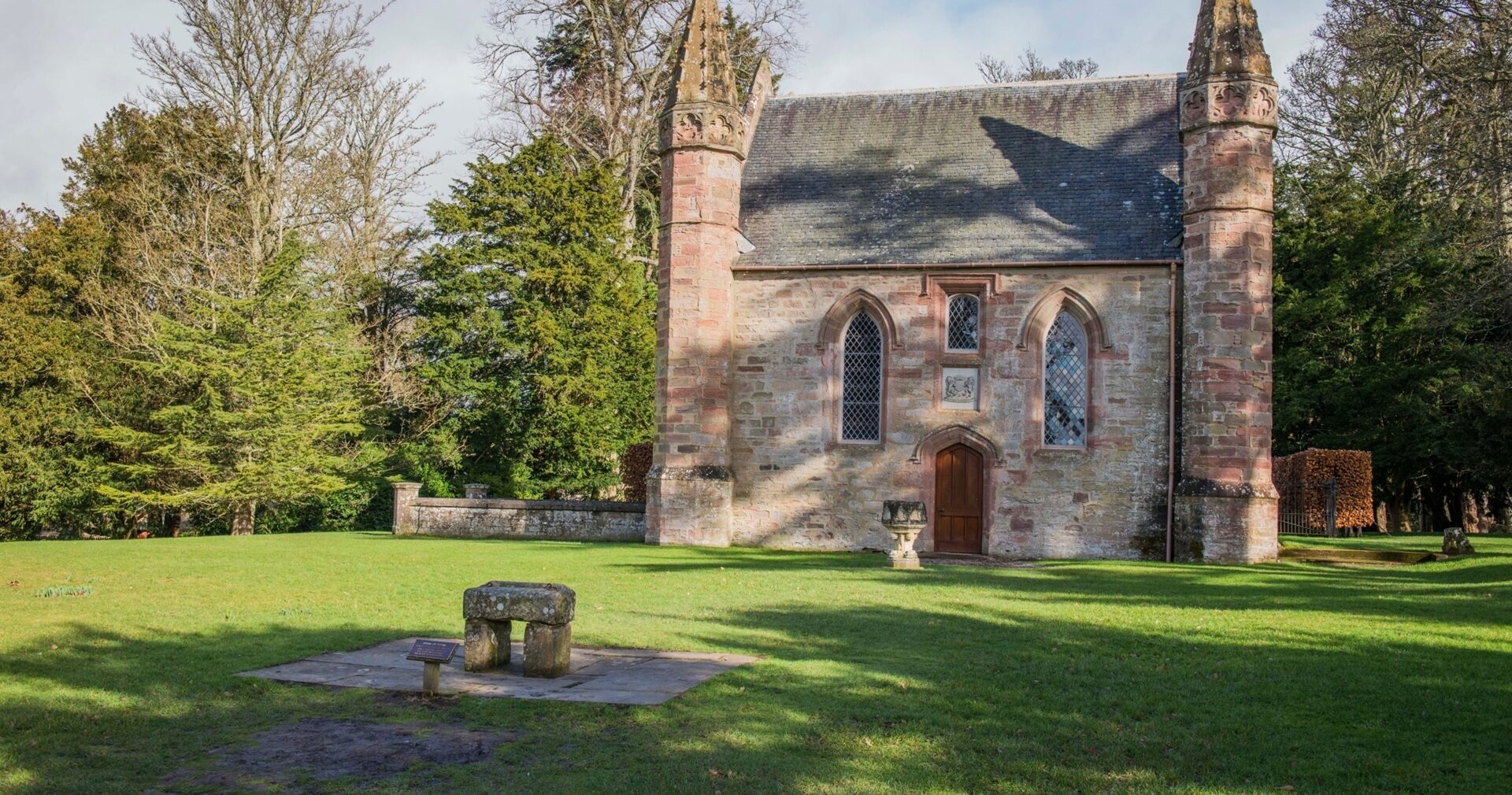Scone Palace boasts a rich history as the traditional coronation site of Scottish monarchs. This historic site, steeped in legend and ceremony, served as the sacred location where generations of kings were crowned upon the legendary Stone of Destiny. The coronation site at Scone Palace stands as a tangible link to Scotland's royal heritage, evoking a sense of reverence and awe for visitors from around the world.
The history of Scone Palace as a coronation site dates back to the early medieval period, when it was known as the Kingdom of Scone. The Moot Hill, a prominent mound within the palace grounds, served as the focal point of royal ceremonies and gatherings. It was here that Scottish kings would ascend the throne and receive the solemn blessings of church and state.
Central to the coronation rituals at Scone Palace was the Stone of Destiny, also known as the Stone of Scone, a revered symbol of Scottish sovereignty and legitimacy. According to legend, the stone was brought to Scotland from Ireland and was believed to have been used by ancient Celtic kings for coronations. Its presence at Scone Palace symbolized the divine right of kings to rule and the continuity of Scotland's royal lineage.
The coronation ceremonies at Scone Palace were elaborate affairs, steeped in tradition and symbolism. The king-elect would be presented with the symbols of royal authority, including the crown, sceptre, and sword of state, before taking his place upon the Stone of Destiny. With the solemnity of the occasion, the gathered nobility and clergy would bear witness to the sacred act of coronation, affirming the king's role as the rightful ruler of Scotland.
The significance of Scone Palace as a coronation site extended beyond the ceremonial rituals. It served as a symbol of national unity and identity, bringing together the diverse tribes and clans of Scotland under a common sovereign. The coronation site at Scone Palace provided a sense of continuity and tradition, reaffirming Scotland's status as a sovereign kingdom with its own distinct culture and heritage.
The history of Scone Palace as a coronation site reached its zenith in 1296 when King Edward I of England seized the Stone of Destiny and transported it to Westminster Abbey in London. The removal of the stone marked a significant blow to Scottish national pride and identity, as it symbolized Scotland's subjugation to English rule.
Despite the loss of the Stone of Destiny, Scone Palace continued to serve as a symbolic centre of Scottish royalty and tradition. Over the centuries, the palace underwent numerous renovations and expansions, reflecting the changing fortunes of Scotland's monarchy and aristocracy.
In 1950, the coronation site at Scone Palace captured the world's attention when a group of Scottish nationalists, led by Ian Hamilton, staged a daring heist to reclaim the Stone of Destiny from Westminster Abbey. The audacious act of patriotism reignited Scottish pride and identity, sparking a renewed interest in the nation's royal heritage.
Today, the coronation site at Scone Palace stands as a testament to Scotland's enduring spirit and resilience. Visitors to the palace can explore the historic grounds and marvel at the remnants of its regal past, including the Moot Hill and the replica Stone of Destiny. The site serves as a poignant reminder of Scotland's rich history and cultural heritage, inspiring visitors to reflect on the legacy of its kings and queens.
The coronation site at Scone Palace stands as a symbol of Scotland's royal heritage and national identity. From its ancient origins to its modern-day significance, Scone Palace continues to captivate the imagination and inspire awe for all who visit its hallowed grounds. As a testament to Scotland's enduring spirit, the coronation site at Scone Palace remains a cherished symbol of the nation's regal past and cultural legacy.
